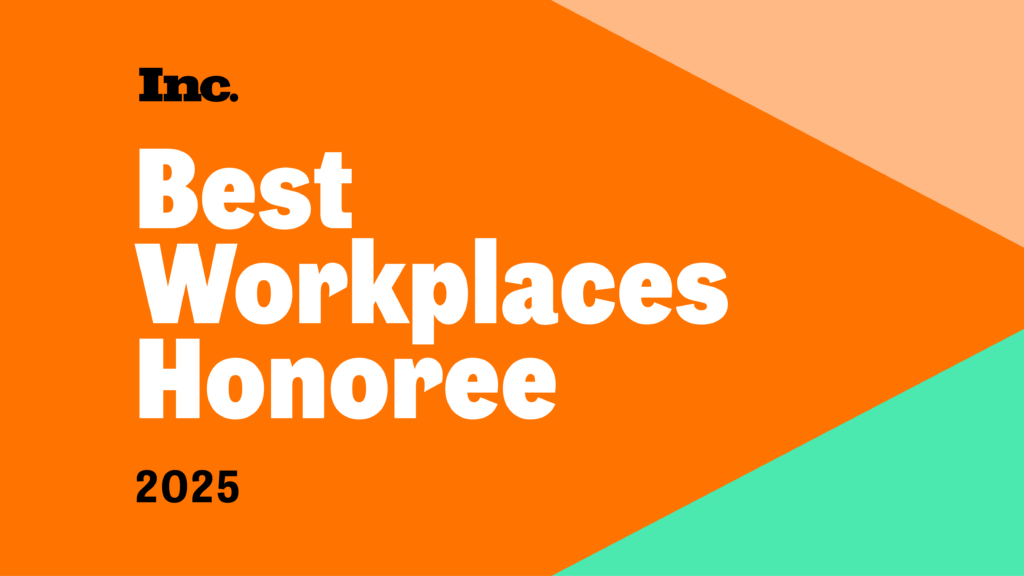Volumes have been written about the transition from waterfall to agile methodologies and the resulting benefits in terms of speed, adaptability, and efficiency. But a far more valuable shift is often overlooked: the transition from “project” to “product.”
Gone are the days of a series of months-long phases dedicated to sequentially tackling analysis, then design, then build and finally, testing. By the end of this, typically 9-12 month process, the business will have changed and the software requirements along with it. With agile methodology, IT departments adapt to changing requirements and build new features in nimble, two-week sprints. This requires a shift in mindset to viewing software as a product that serves the business, rather than a project that must be delivered.
Understanding the Benefits of a Product Focus
With a product focus, IT personnel prioritize development of software features and capabilities that directly align with business needs — delivering maximum value for all users with each release. Software projects last six to eighteen months on average. Software products last a software generation (five to eight years). Rather than moving from one project to the next one potentially in an unrelated area, individuals within IT departments can become dedicated, long-term product owners.
Whereas a project manager organizes work according to the software requirement spec (imperfectly written months ago), the product owner organizes work according to ever-changing business needs. The product owner prioritizes development of software features based on their ability to add value to a business process. Product ownership also means the software can be adjusted and improved over time to evolve as the business advances.
Adjusting to a Changing Perspective
The benefits of shifting to a product mindset within IT departments are real, but change can still be hard. IT personnel are often conditioned to build things a certain way, layer by layer. Unfortunately, the businesses they serve do not always operate in an orderly fashion. Requirements get reprioritized and new features rise to the top of demands, demolishing any preconceived notions of an implementation order.
That is why the product owner role is so critical. The close and constant collaboration with business partners that is required to define the product and do their job properly means product owners are tuned in to the needs of the business and can adapt quickly to changing expectations. However, while most IT departments have moved to agile, few have embraced the product owner role.
To help companies overcome this gap, 27Global can step in as a virtual product owner. Let us help you make the valuable shift from project provider to essential business partner. Ready to get started?
Steve Roatch is founder & CEO at 27Global. Founded in 2008, 27Global designs, builds, and operates technology solutions for businesses of all sizes. The perfect pairing of a local leadership with offshore pricing, 27Global has the business acumen to understand your vision and the expertise to build your technology solution. To learn more, visit 27global.com or connect with us on LinkedIn and Twitter.





